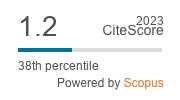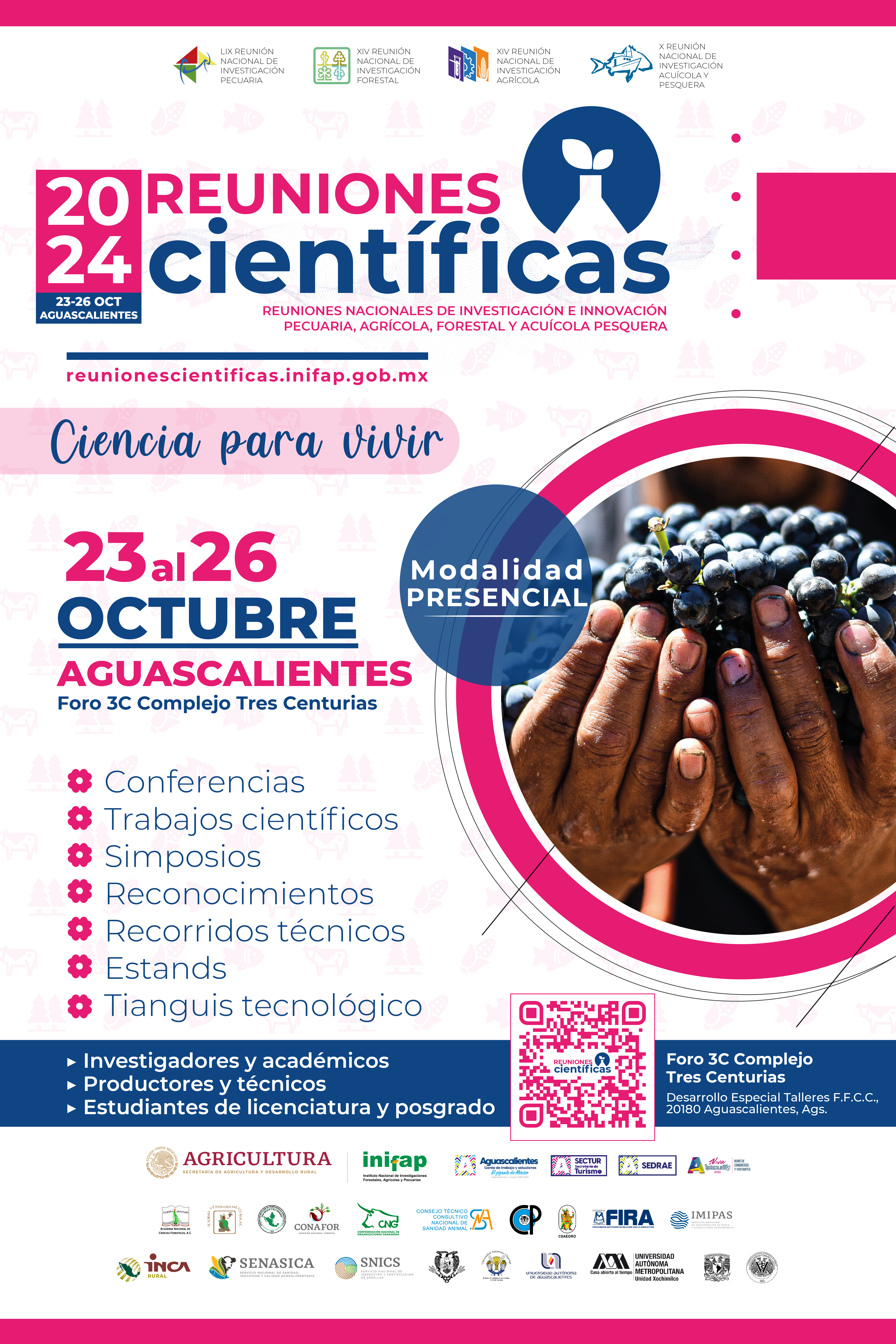Genetic variability in a Holstein population using SNP markers and their use for monitoring mating strategies
DOI:
https://doi.org/10.22319/rmcp.v10i3.4842Palabras clave:
SNP genotypes, Holstein-Friesian, Inbreeding, Runs of homozygosity, Herd managementResumen
As genotyping costs continue to decrease, the demand for genotyping has increased among farmers. In most livestock herds, an important issue is controlling the increase in inbreeding coefficient. While this remains a large motive to genotype, producers are often unaware of the other benefits that genotyping could bring. The aim of this study was to demonstrate that SNP chips could be used as an effective herd management tool by utilizing a population of Italian Holstein-Friesian cattle. After filtering, the total number of animals and SNPs retained for analyses were 44 and 27,365, respectively. The principal component analyses (PCA) were able to identify a sire and origin-of-sire effect within the herd, while determining that sires do not influence individual genomic selection index values. The inbreeding coefficients calculated from genotypes (FIS) provided a glimpse into the herd’s heterozygosity and determined that the genetic variability is being well maintained. On the other hand, inbreeding coefficients on the genomic level were deduced from runs of homozygosity (FROH) and were compared to the inbreeding coefficients based on pedigree (FPED). Furthermore, 1,950 runs of homozygosity (ROH) were identified with the average length of ROH being 4.66 Mb. Genes and QTL within the genomic regions most commonly associated (top 1% and top 5% of SNP) with ROH were characterized. These results indicate that genotyping small herds, albeit at low-density, provides insights to the genetic variability within the herd and thus allows producers the ability to manage their stock from a genetic standpoint.
Descargas
Descargas
Publicado
Cómo citar
-
Resumen1139
-
PDF 412
-
PDF328
-
Full Text 370
Número
Sección
Licencia
Los autores/as que publiquen en la Revista Mexicana de Ciencias Pecuarias aceptan las siguientes condiciones:
De acuerdo con la legislación de derechos de autor, la Revista Mexicana de Ciencias Pecuarias reconoce y respeta el derecho moral de los autores/as, así como la titularidad del derecho patrimonial, el cual será cedido a la revista para su difusión en acceso abierto.

Esta obra está bajo una Licencia Creative Commons Atribución-NoComercial-CompartirIgual 4.0 Internacional.






